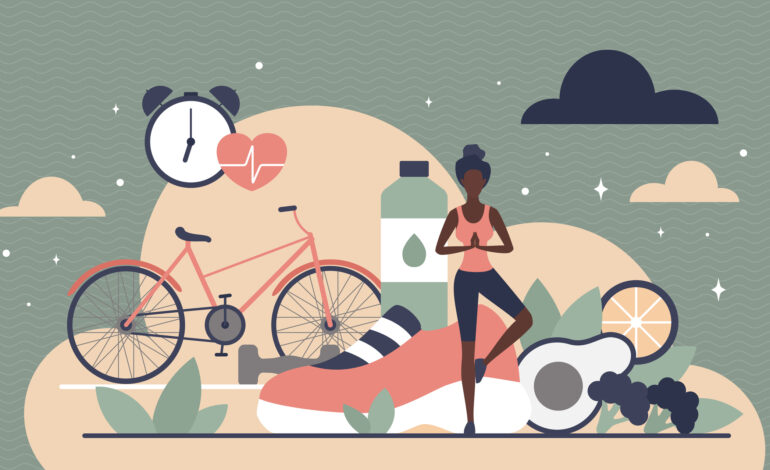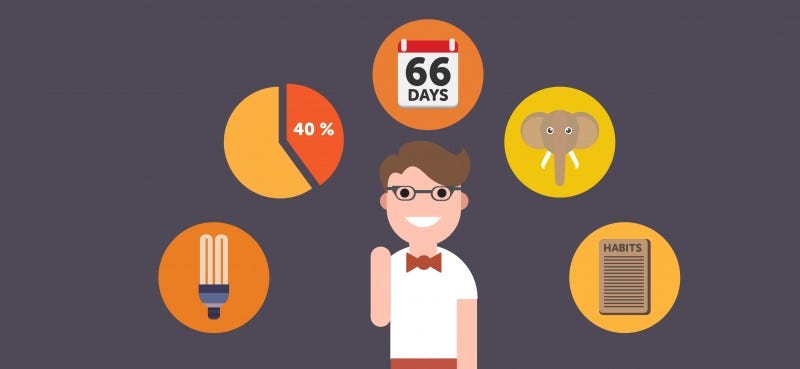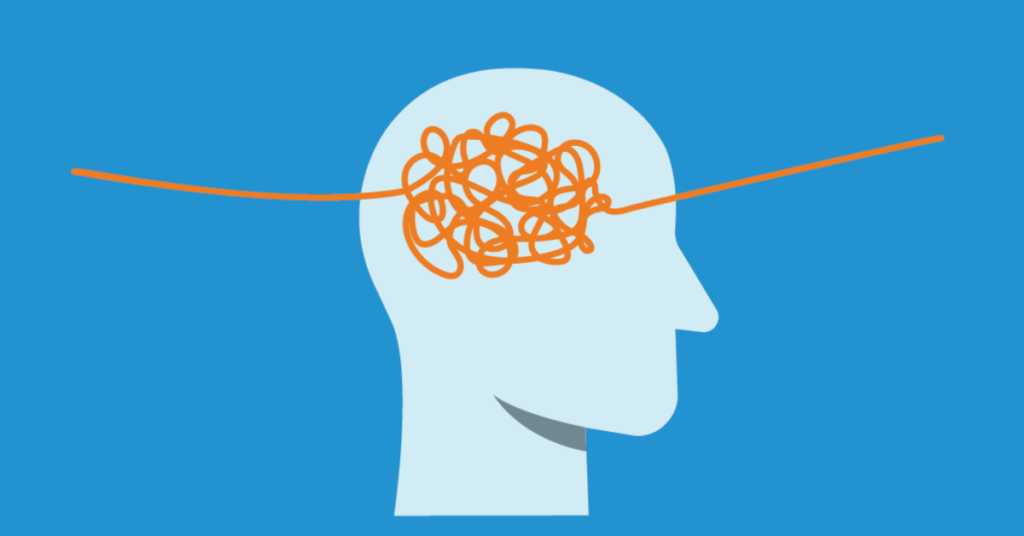
In the pursuit of personal growth and self-improvement, understanding the science behind habit formation is akin to wielding a powerful tool. Whether you aim to adopt healthier lifestyle habits, enhance productivity, or cultivate a more positive mindset, comprehending the mechanisms that underpin habitual behaviors can significantly bolster your efforts. This article delves into the intricacies of habit formation, exploring actionable strategies to facilitate lasting change in your life.
Understanding Habit Formation
Let’s break it down, think of a habit as something you do automatically without really thinking about it. It’s like brushing your teeth before bed or checking your phone as soon as you wake up. These behaviors become so ingrained in our daily lives that they feel like second nature.

Now, how does this happen? Well, our brains are pretty amazing. They have these neural circuits, sort of like highways in our minds, that help us learn and remember things. When we repeat a behavior over and over again, these neural circuits get stronger and more efficient, making the behavior automatic.
The Cues
Alright, let’s talk about cues, those sneaky triggers that kickstart our habits. Picture this: you’re sitting on the couch, feeling a bit stressed, and suddenly you find yourself reaching for a bag of chips without even realizing it. That feeling of stress? That’s the cue, the little nudge that sets off your habit of snacking. Cues come in all shapes and sizes. They can be something you see, like the sight of cookies in the kitchen, or something you feel, like the pang of loneliness that makes you scroll through social media. They can even be tied to specific times of day, like grabbing a coffee first thing in the morning.
Now, here’s the thing: identifying these cues is the first step in changing our habits. Once we know what triggers our habits, we can start to take control. So, the next time you catch yourself mindlessly reaching for that bag of chips, stop for a moment and ask yourself: What triggered this? Was it stress? Boredom? Once you figure out the cue, you can interrupt the automatic response and replace it with something better.
The Routine
Routine are the actual thing we do in response to the cue, the behavior that we’ve gotten so used to it feels like second nature. Think about it: when you feel stressed, what’s your go-to move? Do you reach for a bag of chips, or maybe you dive into social media to distract yourself? Whatever it is, that’s your routine, the habit you’re trying to change.
Understanding the routine is key because it’s what we’re ultimately trying to modify or replace. Maybe you’ve realized that snacking on chips every time you’re stressed isn’t doing you any favors. Or perhaps you’ve noticed that putting off important tasks until the last minute is causing you unnecessary stress. Once we recognize these routines, we can start to take action. Instead of reaching for those chips, maybe you could try sipping on a glass of water or going for a quick walk to clear your head. And instead of procrastinating, you could break your tasks down into smaller, more manageable chunks and tackle them one step at a time.
The Rewards
Rewards are the sweet satisfaction we get from our habits. It’s like the little pat on the back our brains give us for doing something we’re used to doing. When we engage in a habitual behavior, whether it’s scrolling through social media or grabbing a sugary snack, we’re getting something out of it. It might be a moment of pleasure, a feeling of relief, or even just a distraction from our worries. That’s the reward, the payoff that keeps us coming back for more.
Now, here’s the thing: the reward is what reinforces the habit loop. It’s like our brains saying, “Hey, that felt good! Let’s do it again.” And the more we do it, the stronger that habit becomes. But here’s the kicker: sometimes the reward isn’t as obvious as we think. Take that sugary snack, for example. Sure, it tastes good in the moment, but maybe what we’re really craving is a break from our stressful day or a boost of energy. By digging a little deeper and figuring out what we’re really getting out of our habits, we can start to make healthier choices.
Strategies for Habit Change
Armed with insights into the science of habit formation, let’s explore some practical strategies to facilitate lasting change in your life:

- Identify Triggers: First up, we’ve got to identify those triggers. You know, those little things that kickstart our habits without us even realizing it. It could be stress, boredom, or even just seeing a certain object or being in a particular place. By paying attention to these cues, we can start to unravel the habit loop and make room for change. So, the next time you catch yourself slipping into a habit, pause for a moment and ask yourself: What triggered this? Was it a feeling of stress or maybe just sheer boredom? By becoming more aware of these triggers, we can start to take back control and pave the way for healthier habits.
Once we’ve got a handle on our triggers, it’s time to swap out those old routines for something better. Let’s say your go-to move when you’re stressed is to reach for a bag of chips. Instead, you could try taking a few deep breaths, going for a walk, or even just chatting with a friend. The key is to find a new routine that still satisfies whatever need or desire drove the old habit.
- Replace The Routine: Now comes the exciting part — replacing the old routine with a fresh, healthier one. Let’s say stress tends to send you straight to the snack cupboard for some comfort food. Instead of grabbing those chips or cookies, pause for a moment. Consider trying something different, like taking a few deep breaths to calm your mind or stepping outside for a brisk walk to clear your head. By making this switch, you’re breaking free from the grip of your old habits and making room for positive change.
Remember, habit change is a journey, not a sprint. It’s about making small, sustainable changes that add up over time. So, start with one habit at a time and focus on making gradual improvements. Whether it’s swapping out sugary snacks for healthier options or incorporating more movement into your day, every little adjustment counts.
- Visualize Success: Visualization, , a simple yet effective tool for changing our habits. Visualization is like painting a picture in your mind of what you want to achieve. Take a moment to close your eyes and imagine yourself successfully implementing the habit you want to develop. Picture yourself engaging in the desired behavior with ease and confidence. See yourself reaping the rewards and benefits that come with it.
Seeing ourselves succeed in our mind’s eye can be incredibly motivating. It’s like giving ourselves a sneak peek of the rewards that await us if we stay committed to our new habit. This mental imagery keeps us focused and energized, even when faced with challenges or setbacks along the way. Just like any other habit, visualization takes practice. Set aside a few minutes each day to visualize yourself successfully implementing your desired habit. Whether it’s first thing in the morning or before bed, find a time that works for you and make it a regular part of your routine.
- Practice Patience and Persistence: Just like Rome wasn’t built in a day, habits don’t form overnight. It’s a gradual process, and it’s important to be patient with yourself. Don’t expect to see big changes right away. Instead, focus on making small, consistent efforts each day. Changing habits isn’t always easy, so give yourself credit for the hard work you’re putting in. Whether it’s resisting the urge to indulge in unhealthy snacks or sticking to your new exercise routine, take a moment to pat yourself on the back for your efforts.

Remember, it’s normal to experience setbacks along the way, but don’t let them derail you. Instead, use them as learning opportunities. Ask yourself what triggered the setback and what you can do differently next time. Remember, it’s all part of the learning process.
So the bottom line is that in the quest for personal development, mastering the science of habit formation is paramount. By understanding the underlying mechanisms that govern habitual behaviors, you can empower yourself to create lasting change in your life. Armed with actionable strategies and a commitment to consistency, you have the potential to transform your habits and unlock new levels of growth and fulfillment. Remember, change may not happen overnight, but with dedication and perseverance, you can sculpt the life you desire, one habit at a time.
RUCHI RATHOR Founder & CEO
Payomatix Technologies Pvt. Ltd.
FOUNDER AND INVESTOR | PAYMENTS PROCESSING EXPERT | MERCHANT ACCOUNT SOLUTIONS | WHITE LABELLED PAYMENT GATEWAY | Dreamer, Creator, Achiever, Constantly Evolving
Website Ruchi Rathor: https://ruchirathor.com
Website Healing Heart https://thehealingheart.me/
Instagram https://www.instagram.com/_ruchirathor_/
LinkedIn https://www.linkedin.com/in/ruchirathor12/
Facebook https://www.facebook.com/ruchi.rathor.magnificient
Tumblr https://www.tumblr.com/blog/ruchirathor-thehealingheart
Medium https://medium.com/@ruchirathor_23436









